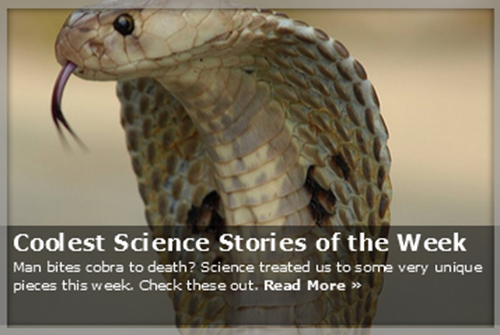
Cool Science: Science treated us to some very unique pieces this week - a snake-attacking man, opera performing gibbons, candy-eating cows to name just a few. Check these out.
10. King Richard III's Grave May Be Under Parking Lot
King Richard III of England had the honour of being memorialized in a William Shakespeare play after his death in battle in 1485. Now, modern-day archaeologists are on the hunt for the medieval king's physical resting place.
The University of Leicester, Leicester City Council and the Richard III Society have joined forces to search for the grave of Richard III, thought to be under a parking lot for city council offices. The team will use ground-penetrating radar to search for the ideal spots to dig.
9. Gibbons Go to the Opera
Gibbons effortlessly use the same techniques as professional opera singers when calling out to other animals, scientists found by listening to the squeaky songs of one of the apes on helium.
The Japanese study provides evidence for an unusual physiological similarity between gibbons and humans.
8. Candy for Cows?
You know what they say: If life gives you bulk quantities of defective candy unfit for human consumption, make chocolate-laced cattle feed.
Or that's what they say in Kentucky apparently, where an industrious cattleman has responded to skyrocketing corn prices by swapping out the corn in his 1,400 cows' diets for low-grade candy.
7. Was Big Bang a Freeze?
How did the universe begin? The Big Bang is traditionally envisioned as the moment when an infinitely dense bundle of energy suddenly burst outward, expanding in three spatial directions and gradually cooling down as it did so. Now, a team of physicists says the Big Bang should be modelled as a phase change: the moment when an amorphous, formless universe analogous to liquid water cooled and suddenly crystallized to form four-dimensional space-time, analogous to ice.
In the new study, lead author James Quach and colleagues at the University of Melbourne in Australia say the hypothesis can be tested by looking for defects that would have formed in the structure of space-time when the universe crystallized.
6. Man Bites Snake to Death in Revenge
A Nepali man who was bitten by a cobra snake subsequently bit the snake to death, a local newspaper reported on Thursday (Aug. 23).
After being bitten by the snake, while he was working in his rice paddy on Tuesday, 55-year-old Mohamed Salmo Miya chased the snake, caught it and bit it until it died, the Annapurna Post reported, according to Reuters.
5. Benefits of Rough Sea-Slug Sex
The bizarre mating behaviour of hermaphroditic sea slugs - which involves stabbing penile appendages and hook-like penis spines - may have hidden benefits despite its wear on the body, new research finds.
Sea slugs that mate more than the absolute minimum necessary to retain female fertility are more fecund than slugs that mate less often, according to the study detailed today (Aug. 22) in the open-access journal PLoS ONE. The findings suggest that there are benefits to mating more than strictly necessary, even when the mating comes at a cost.
4. Tiny Exotic Snail Invades Earth
The New Zealand mud snail is tiny, about the size of a pencil point, but it is colonizing the planet. The snail has spread far from its home, throughout rivers, lakes and streams in Europe, Australia, Asia and America. In the United States, where it has no natural predators or parasites, it outcompetes native snails and insects for food and is considered an invasive species.
3. Modern-Day Phineas Gage?
Phineas Gage, the 19th-century rail worker who secured himself an immortal place in entry-level psychology textbooks when he survived an accident in which his brain was fully pierced by a large iron spike, can get off his historical high horse.
A 24-year-old Brazilian construction worker named Eduardo Leite has just survived an eerily similar accident, and he may walk away from his ordeal in better shape than Gage, who reportedly underwent pronounced personality changes after the spike was removed.
2. NASA Finds Dino Print
At NASA's Goddard Space Flight Centre in Maryland, some of the most brilliant minds in the world work to build the spacecraft that humans use to explore their universe. But where space scientists now roam, dinosaurs used to call home, according to dino-hunter Ray Stanford.
Stanford has discovered the footprint of a lumbering, spiny dinosaur called a nodosaur in NASA's own backyard on the Goddard Space Flight Centre campus. NASA officials aren't disclosing the precise location of the print, fearing that someone might damage or try to remove the fossilized track.
1. Light-Trapping Bug
A tiny insect called the pea aphid might be one of the only animals to turn sunlight into energy like a plant.
Scientists say they've found evidence suggesting that the insect (Acyrthosiphon pisum) traps light to produce adenosine triphosphate, or ATP, the cellular energy currency that powers biochemical reactions. (For animals, cells typically convert energy from food into ATP, while plants make ATP via photosynthesis.)
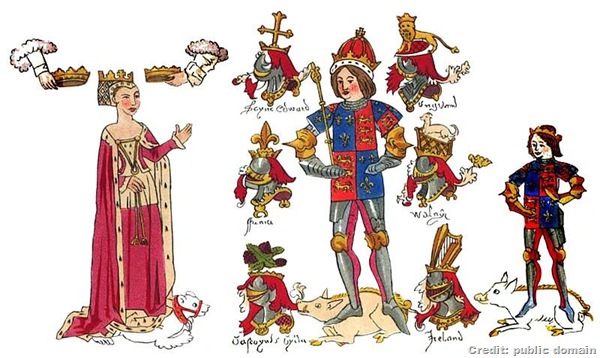
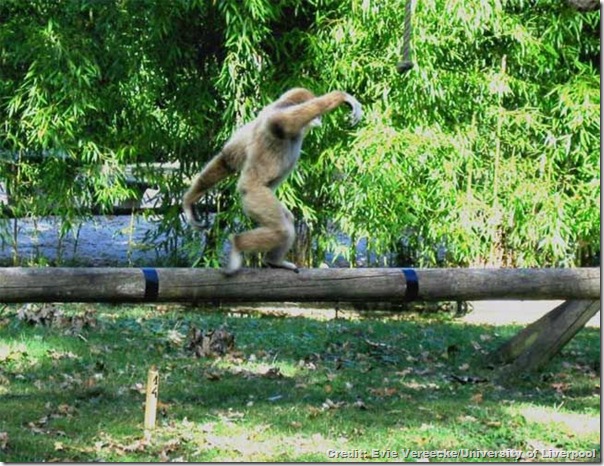

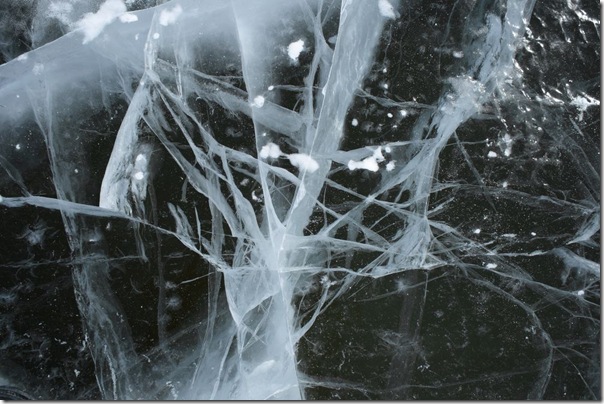
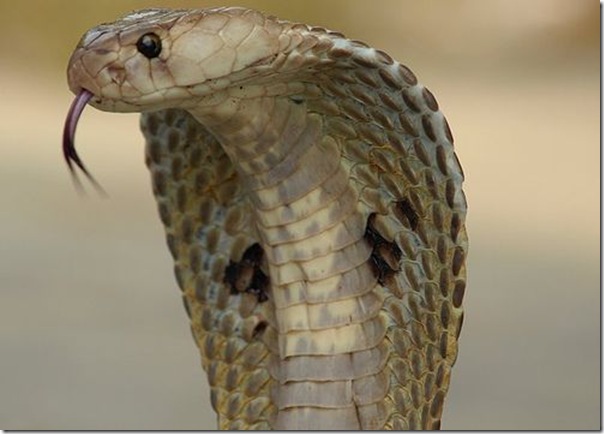

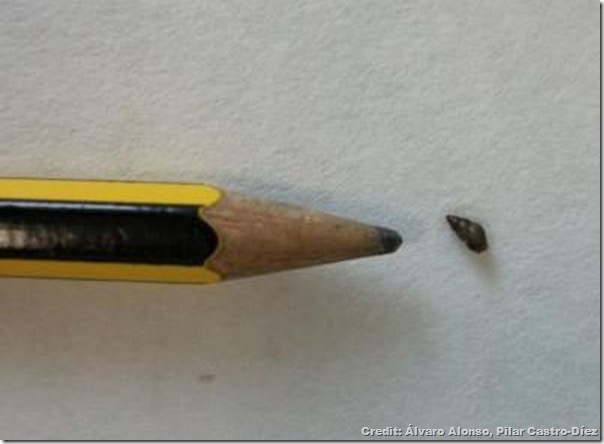
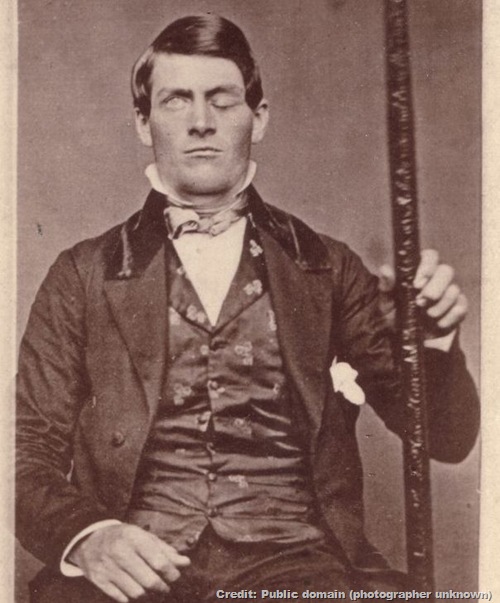


No comments:
Post a Comment
Please adhere to proper blog etiquette when posting your comments. This blog owner will exercise his absolution discretion in allowing or rejecting any comments that are deemed seditious, defamatory, libelous, racist, vulgar, insulting, and other remarks that exhibit similar characteristics. If you insist on using anonymous comments, please write your name or other IDs at the end of your message.